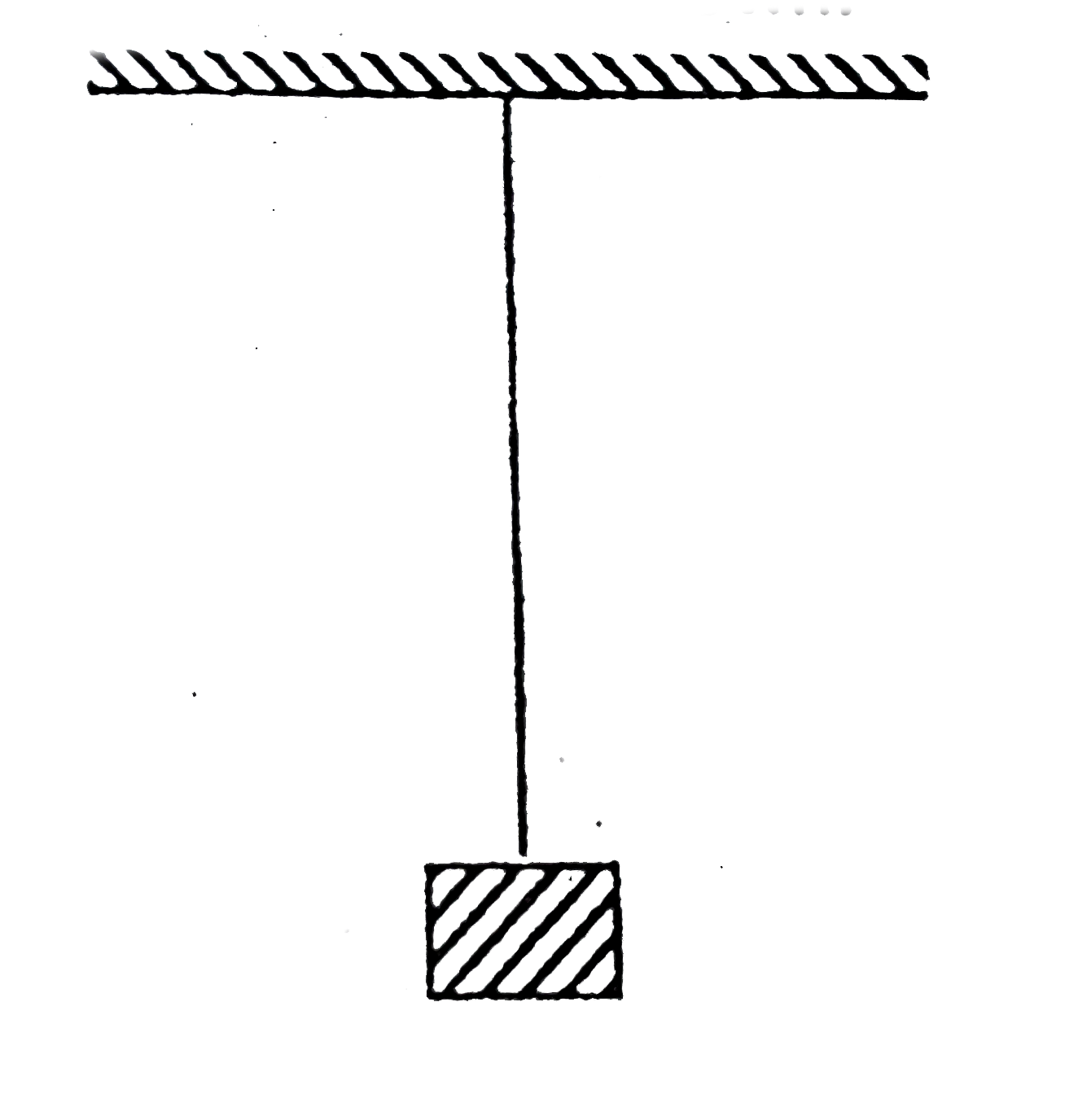A heavy but uniform rope of length L is suspended from a ceiling,
If the rope is given a sudden sideways jerk at the bottom, how long will it take for the pulse to reach the ceiling?Solution in Telugu
√4L/g
Topper's Solved these Questions
- WAVE MOTION AND SOUNDBook:AAKASH SERIESChapter:WAVE MOTION AND SOUNDExercise:PROBLEMS (LEVEL - I)
Explore 60 Videos
- WAVE MOTIONBook:AAKASH SERIESChapter:WAVE MOTIONExercise:PRACTICE SHEET ADVANCED (INTEGER TYPE QUESTIONS)
Explore 10 Videos
- WAVE OPTICSBook:AAKASH SERIESChapter:WAVE OPTICSExercise:PROBLEMS (LEVEL - II)
Explore 20 Videos
Similar Questions
For the wave y=5sin30π[t−(x/240)], where x and y are in cm and t is in seconds, find the
Displacement when t = 0 and x = 2cm
View SolutionA source emitting sound of frequency 180 Hz is placed in front of a wall at a distance of 2m from it. a detector is also placed in front of the wall at the same distance from it. The minimum distance between the source and the detector is x mtrs for which the detector shows a maxima of sound. Speed of sound in air = 360 m/s
View SolutionIn Young's double slit experiment the y co-ordinates of central maxima and 10th maxima are 2 cm and 5 cm respectively. When the YDSE apparatus is immersed in a liquid of refractive index 1.5. Find the corresponding y co-ordinates.
View SolutionA heavy but uniform rope of lenth L is suspended from a ceiling. (a) Write the velocity of a transverse wave travelling on the string as a function of the distance from the lower end. (b) If the rope is given a sudden sideways jerk at the bottom, how long will it take for the pulse to reach teh celling ? (c ) A particle is dropped from the ceiling at the instant the bottom end is given the jerk where will the particle meet the pulse ?
View SolutionA wave pulse is generated at the bottom of a uniform string (of mass m and length l) Suspended from ceiling and supporting a block (of mass m) as shown.

View SolutionA heavy but unifrom rope of length L is suspended from a celling . A particle is dropped from the celling at the instant when the bottom end is given a transverse wave pulse. Where will the particle meet the pulse.
View SolutionA heavy rope is suspended from the ceiling of a room. If phi is the density of the rope, L be its original length and Y be its. Young's modulus, then increase DeltaL in the length of the rope due to its own weight is
View SolutionA body of weight W1 is suspended from from the ceiling of a room by a rope of weight W2. What is the force exerted by the ceiling on the rope?
View SolutionA uniform rope of mass m hangs freely from a ceiling. A bird of mass M climbs up the rope with an acceleration a. The force exerted by the rope on the ceiling is
View SolutionA uniform rope of mass m hangs freely from a ceiling. A bird of mass M climbs up the rope with an acceleration a. The force exerted by the rope on the ceiling is
View SolutionA heavy but uniform rope of lenth L is suspended from a ceiling. (a) Write the velocity of a transverse wave travelling on the string as a function of the distance from the lower end. (b) If the rope is given a sudden sideways jerk at the bottom, how long will it take for the pulse to reach teh celling ? (c ) A particle is dropped from the ceiling at the instant the bottom end is given the jerk where will the particle meet the pulse ?
View SolutionA uniform rope of mass m hangs freely from a ceiling. A bird of mass M climbs up the rope with an acceleration a. The force exerted by the rope on the ceiling is
View SolutionA heavy but uniform rope of length L is suspended from a ceiling,
Write the velocity of a transverse wave travelling on the string as a funtion of the distance from the lower end.
View SolutionA heavy but uniform rope of length L is suspended from a ceiling, A particle is dropped from the ceiling at the instant the bottom end is given the jerk. Where will the particle meet the pulse?
View SolutionA heavy but unifrom rope of length L is suspended from a celling . A particle is dropped from the celling at the instant when the bottom end is given a transverse wave pulse. Where will the particle meet the pulse.
View Solution

